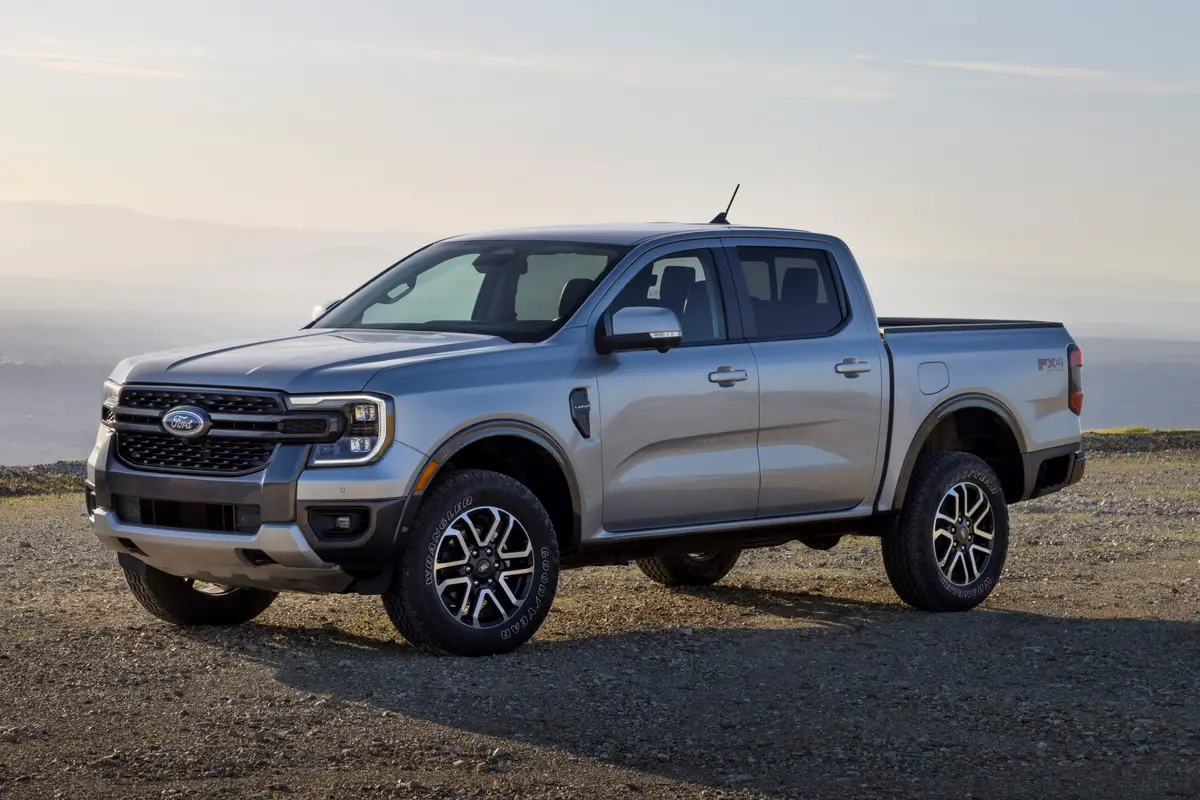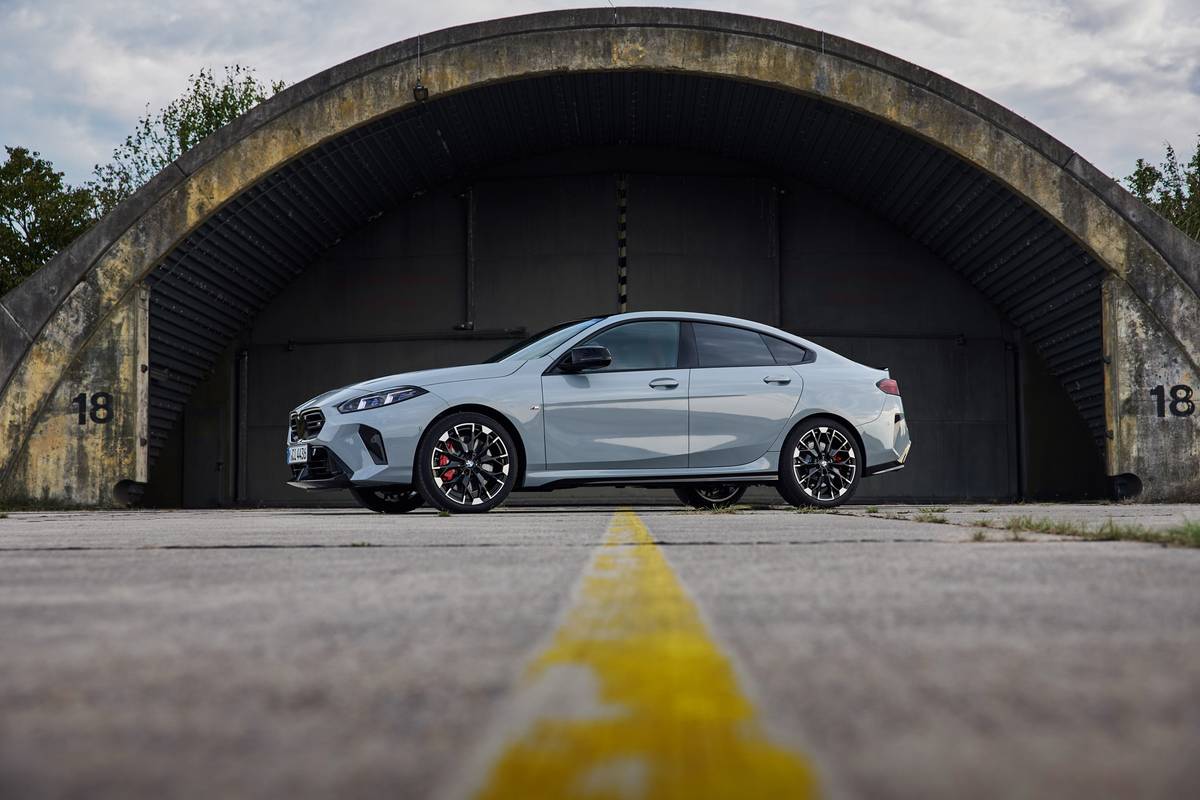The Morning Call and Mcall.com's view
While automakers seem only too anxious to push the rugged image and go-anywhere abilities of SUVs and crossover SUVs, few talk about safety. After all, an SUV’s high center of gravity makes it more likely to roll over. This was certainly a consideration for Volvo as it designed its first SUV, the XC90.
While Volvo may be late to the SUV party, it has engineered one that lives up to the classic Volvo virtue: safety.
The crossover SUV was engineered to keep the center of gravity as low as possible. So the XC90’s center of gravity is just over three inches higher than the Volvo XC70 all-wheel-drive station wagon. That helps reduce the risk of rollover.
When the vehicle does approach that point, it will be detected by a sensor which monitors the XC90’s speed and roll angle. If the angle is too great, Dynamic Traction and Stability Control is activated. DTSC reduces the engine’s power and selectively brakes one or more of the vehicle’s brakes to help regain control.
If DTSC fails to work, the roof structure is reinforced to protect it from crushing. In addition, an inflatable side curtain protects passengers from striking the side window or being ejected.
The XC90 also has bumpers at a level equal to that of cars, so that cars won’t submarine under the vehicle.
This is in addition to the front seat airbags, whiplash-preventing headrests and seat-belt pretensioners, which cinch just before an accident.
But the Volvo isn’t just safe, it’s incredibly nice to live with day-to-day.
Built from the same platform as the Volvo S80 luxury sedan, the XC90 boasts up to 93.2 cubic feet of cargo space. The XC90 seats fold in 64 different configurations. All seats offer headrests which fold to aid the driver’s view.
The center row of seats adjusts fore and aft, a unique feature in this class. The center portion of the 40/20/40 split seat is actually a child booster seat. Third row seating is optional.
While all current XC90s are all-wheel-drive, a front-wheel-drive version will be available shortly. A 208-horsepower turbo-charged 2.5-liter in-line five-cylinder hooked to a five-speed automatic is standard on the XC90 and XC90 all wheel drive. The XC90 AWD T6 uses a 272-horsepower twin turbo-charged 2.9-liter in-line six-cylinder hooked to a four-speed automatic. Volvo provided a T6 for testing.
Power was plentiful, and the transmission stayed in gear when needed. It didn’t downshift in passing situations, was quite smooth and did its work without harshness, even when pressed for speed.
The XC90 has a terrific ride, one that manages just a hint of softness, while deftly maintaining firm handling for cornering.
The all-wheel-drive system is similar to that used in the S60 AWD sedan. Under normal circumstances up to 95 percent of the engine’s power goes to the front wheels. When needed, up to 65 percent of that power can be sent to the r ear wheels. The system is invisible to the driver and works automatically.
While the interior was stocked with all the usual luxury car trappings, (heated seats, wood, leather, power everything, awesome stereo with an in-dash 6-CD changer and a sunroof) the seats were most appreciated. Volvo’s seats are the best in the business.
But, some annoyances cropped up while driving the XC90.
One was the reverse warning system, which uses electronic sensors to detect if you’re about to hit something while backing up. It stopped working during the test.
Also, it was too easy to select the automatic transmission’s manual shift mode, instead of selecting drive.
Another item of note was fuel economy. The Volvo was just as bad as any SUV, slurping down 15 mpg in mixed use.
Prices start at just over $33,000 for the front-wheel drive version.
Still this stylish, safe family bus excels in a crowded field with excellent competitors. For the record, they include the Acura MDX, BMW X5 3.0i, Mercedes-Benz ML320 and the Lexus RX300.)
Yet, it should be at the top of any crossover SUV buyer’s test-drive list.
Latest news



